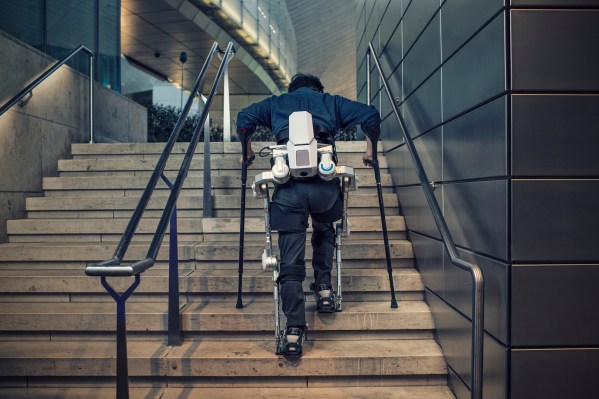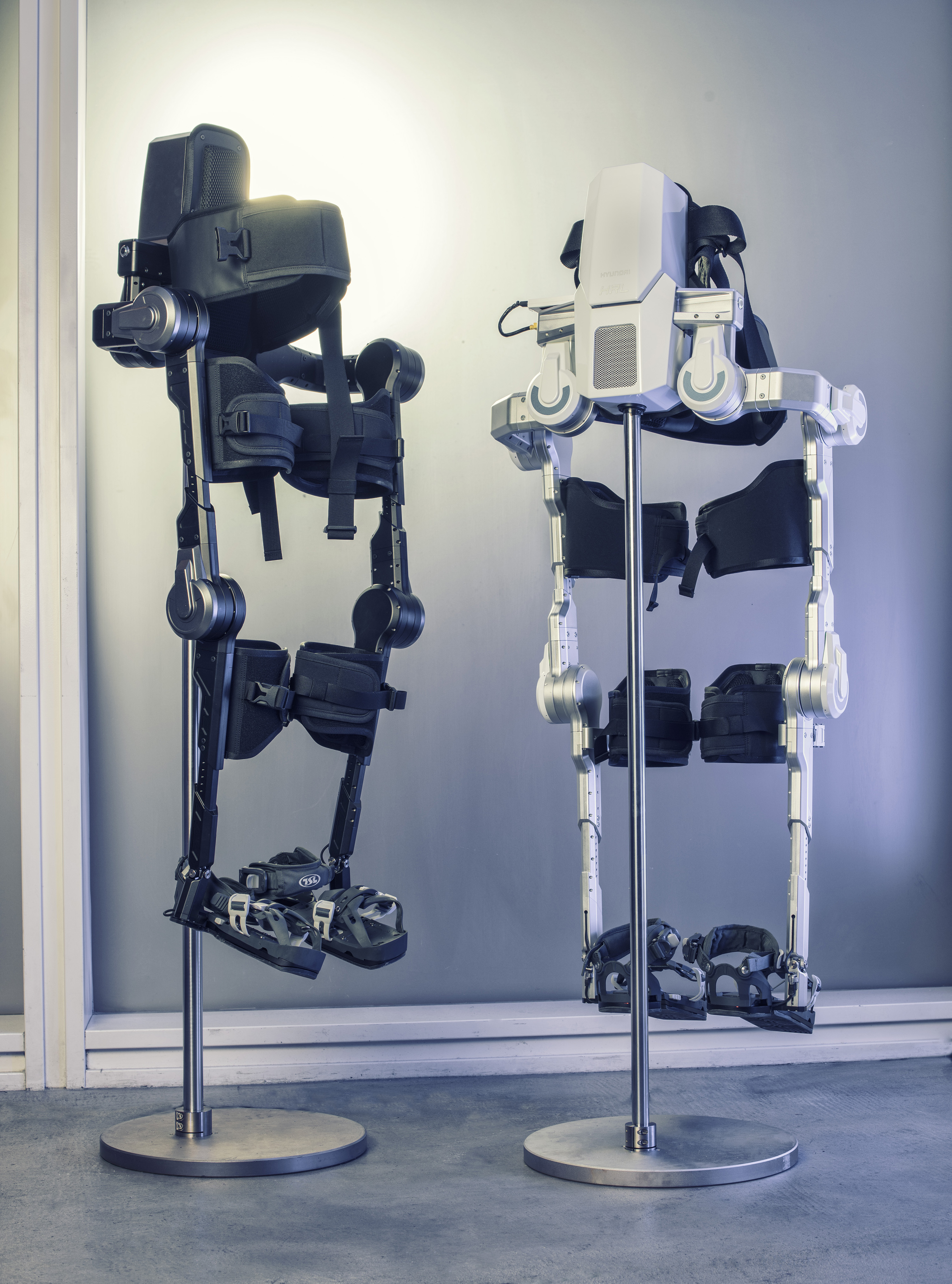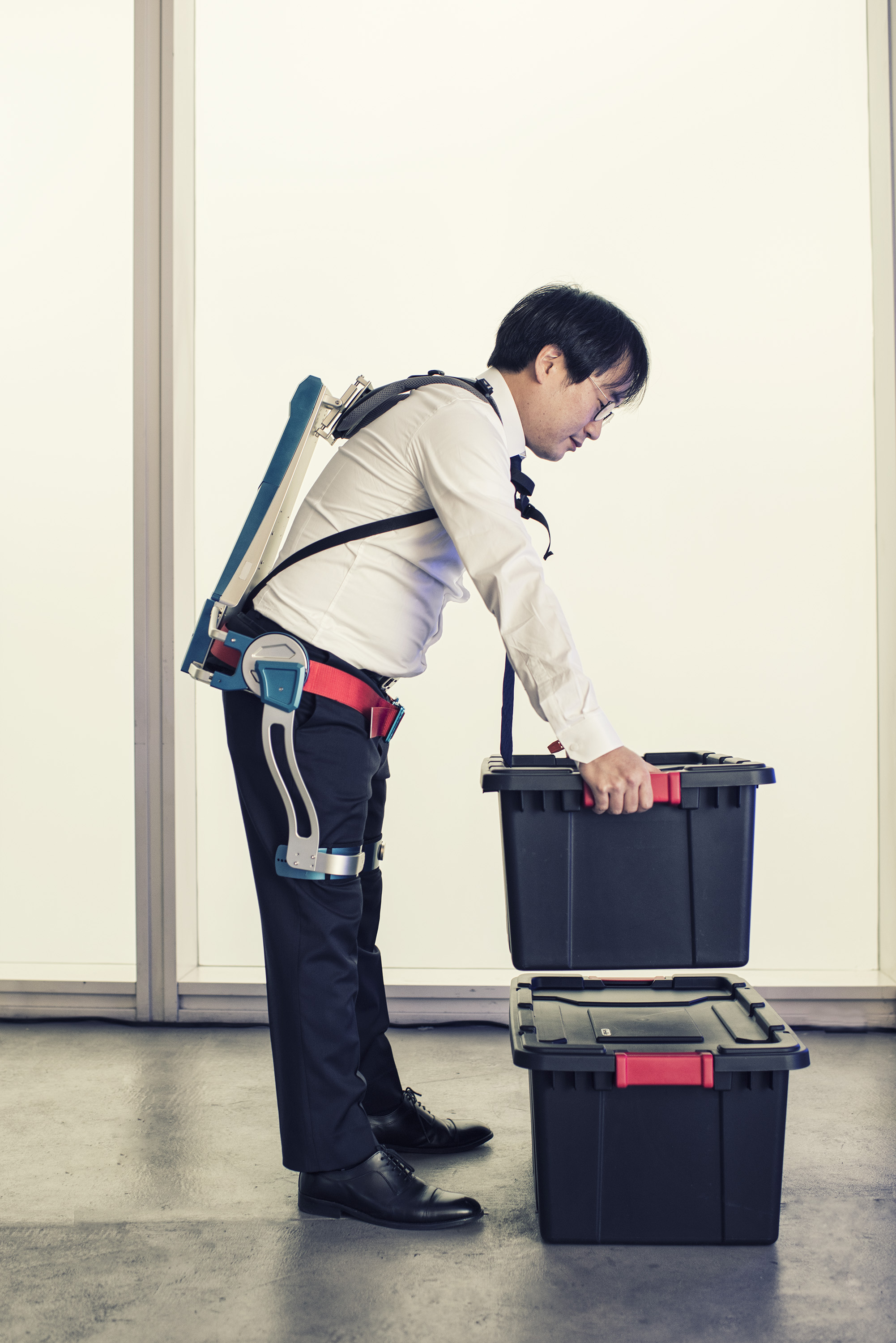Hyundai has revealed some details around how it’s exploring autonomous driving, and the carmaker is also looking at other aspects of personal mobility, via robotics. This is not unique to Hyundai; for years other automakers like Toyota and Honda have been exploring how personal robotics complete the mobility picture. But Hyundai’s vision might be more achievable near-term than functioning, independent robots.
The automaker is focusing its personal robotic efforts around “wearable robots,” or robotic exoskeleton devices that can supplement or augment the mobility of their wearer. These efforts are organized around three different streams: medical devices for people who would be totally unable to get around without them, assistive devices for people who have difficulty moving around and wearable bots that can boost a wearer’s ability to carry loads or perform other tasks not normally manageable by a lone human.
At the end of the spectrum where these robots could restore mobility to paraplegic users and others who’ve lost the ability to walk, these exoskeletons could provide standing and walking capabilities; they are a light-enough design (at around 40 lbs) to be transported and put on without any extra help, and with transportation possible even on a user’s existing wheelchair. They could help users achieve up to a 2.5 km/hr walking speed, and operate for around 4 hours on a single charge, according to the current prototype design (pictured above).
An even lower-profile (10 lbs total weight) waist-mounted exoskeleton design Hyundai revealed today is suited to use by workers looking for a little bit more lifting power, or just a bit of a boost when they have to endure repetitive tasks or long periods on their feet. The design also offers four hours of active use from its battery, and would connect to a mobile device via Bluetooth for fine-tuning.
A third design aimed at combining elements of both the others to provide boosted mobility capabilities to elderly users or others whose motion options are limited would offer running assistance for speeds of up to 12km/h, and a carrying capacity of up to 88 lbs without any noticeable strain for the user.
All of these could go a long way toward completing that mobility picture with in-home and last-mile transportation, an increasing area of interest for automakers. These aren’t likely to go up for sale before 2020, at the earliest, but that could be just in time to preface the autonomous driving revolution on the other side of the equation.


